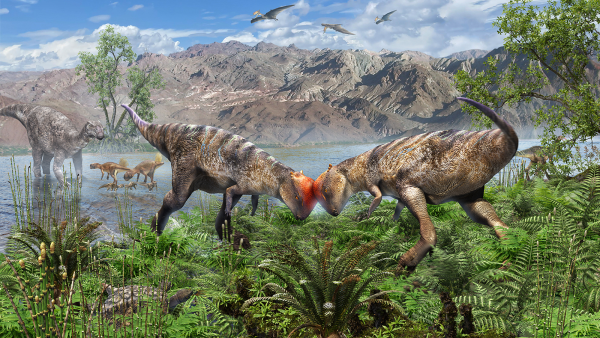
A young dinosaur with a domed head is the oldest and most complete fossil of a pachycephalosaur found to date. (Photo: Masaya Hattori)
Paleontologists have discovered the oldest and most complete fossils of a domed-headed dinosaur to date in Mongolia's Gobi Desert.
Fossils dating back 108 to 115 million years push back the timeline of the appearance of domed-skulled dinosaurs, or pachycephalosaurs, by approximately 15 million years. The new fossils may also shed light on the evolution and development of these dinosaurs' bizarre, rounded skulls.
You may like
-
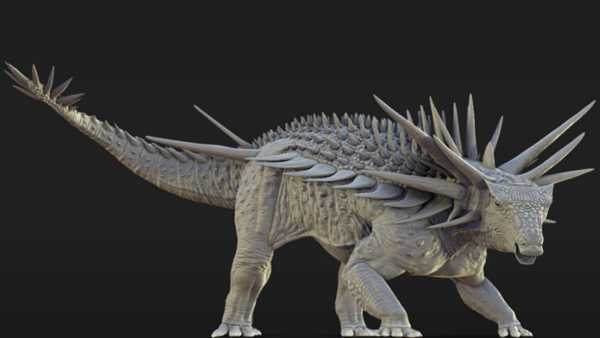
'So weird': An ankylosaurus with 90-centimeter-long spikes protruding from its neck discovered in Morocco
-
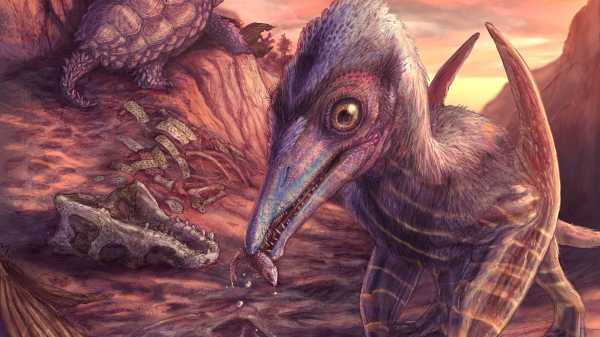
The “Ash-Winged Dawn Goddess” is the oldest pterosaur ever discovered in North America. It was so small it could fit on a person's shoulder.
-

The “most remarkable” Jurassic sea monster fossil from Germany belongs to a previously unknown species.
Some scientists believe the thick skulls of pachycephalosaurs helped them attract mates and fend off rivals, while others suggest these oddballs didn't butt heads, but instead engaged in fistfights like kangaroos. But how their rounded skulls evolved remains a mystery. Most known pachycephalosaur fossils are incomplete, and scientists have not found many fossils from their early stages of development.
In a new study published Wednesday (September 17) in the journal Nature, a team of paleontologists reports a fossil that may hold some answers. In eastern Mongolia, the team discovered the fossilized remains of a domed-headed dinosaur from the Early Cretaceous Period (145–100 million years ago). They named the new species Zavacephalae rinpoche.

The fossil was discovered protruding from a rock in Mongolia.
The name “zavacephals” comes from the Tibetan word “zava,” meaning root or origin, and the Latin word “cephal,” meaning head. “Rinpoche” is the Tibetan word for “precious,” and was so named because the team discovered a skull protruding from the rock like a polished gemstone.
The fossil included about 54% of the dinosaur's bones, including the skull and the entire tail, as well as several arm and leg bones, and stomach stones that helped Z. rinpoche grind its food. In life, the dinosaur likely reached a length of about 1 meter (3.3 feet) and weighed about 5.85 kilograms (12.9 pounds).
“We date dinosaurs by studying growth rings on bones, but most pachycephalosaur skeletons are just isolated, fragmentary skulls,” Zanno said. “Z. rinpoche is an impressive find because it preserves limbs and a complete skull, allowing us for the first time to connect the stages of growth and dome development.”
RELATED STORIES
— New research shows that helmeted dinosaurs boxed like kangaroos.
— Like “a walk in the woods millions of years ago”: An ancient ecosystem full of dinosaur footprints has been discovered in Alaska.
— The mysterious “runner” dinosaur is a sign that there are even more Jurassic mysteries waiting to be uncovered beneath the western United States.
The head dome of Z. rinpoche was fully formed, but growth rings on the shin bone indicate the animal was young and still growing at the time of death. Since pachycephalosaurs likely used their head domes to attract females, this suggests the dinosaur reached sexual maturity before it was fully grown.
“If you need to jump into a relationship, it's a good idea to start rehearsing in advance,” Zanno said.
“This specimen is a unique discovery,” Zanno added. “Z. rinpoche gives us unprecedented insight into the anatomy and biology of pachycephalosaurs.”

Skyler Ware, Social Links Navigator, Live Science Contributor
Skyler Ware is a freelance science journalist covering chemistry, biology, paleontology, and earth sciences. She was a 2023 AAAS Fellow at Science News. Her work has also appeared in Science News Explores, ZME Science, and Chembites, among others. Skyler holds a PhD in chemistry from the California Institute of Technology.
You must verify your public display name before commenting.
Please log out and log back in. You will then be asked to enter a display name.
Exit Read more
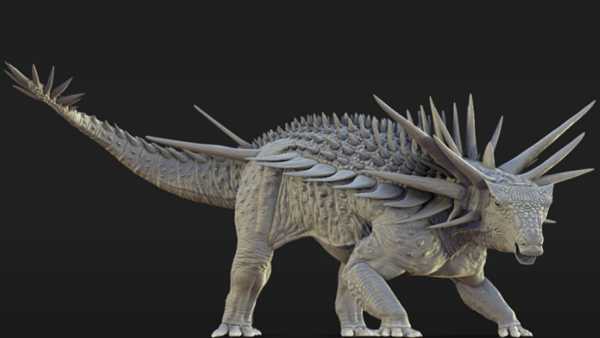
'So weird': An ankylosaurus with 90-centimeter-long spikes protruding from its neck discovered in Morocco
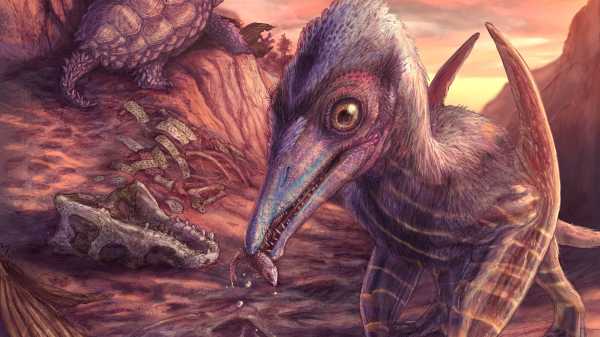
The “Ash-Winged Dawn Goddess” is the oldest pterosaur ever discovered in North America. It was so small it could fit on a person's shoulder.
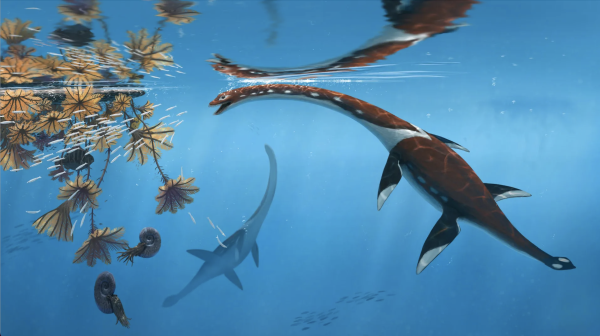
The “most remarkable” Jurassic sea monster fossil from Germany belongs to a previously unknown species.
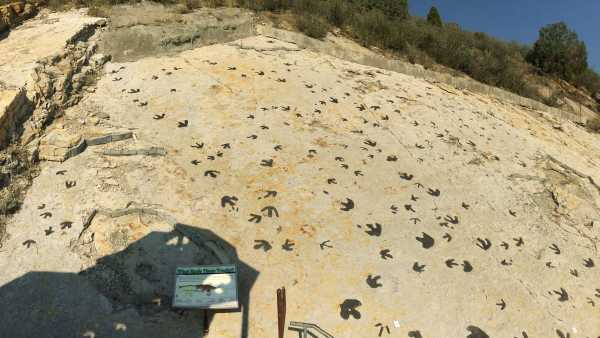
Tyrannosaurus rex relatives “walked the moon” to attract females, suggests new dinosaur “mating arena”
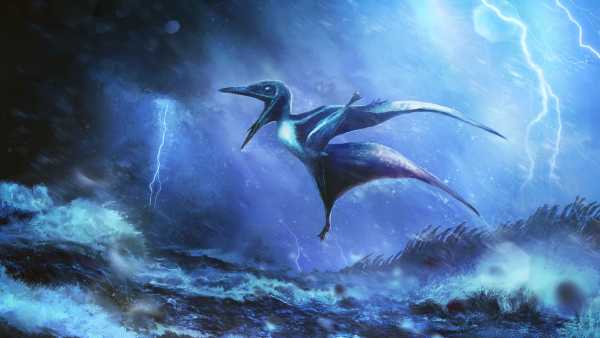
Scientists have discovered that baby pterosaurs died during a powerful Jurassic storm 150 million years ago.
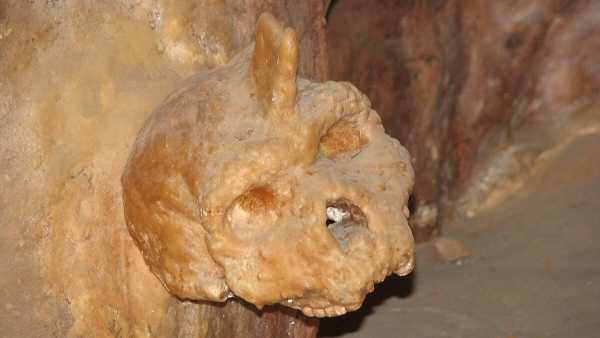
A study has found that a mysterious 300,000-year-old skull from a Greek cave belonged to neither a human nor a Neanderthal.
Latest dinosaur news
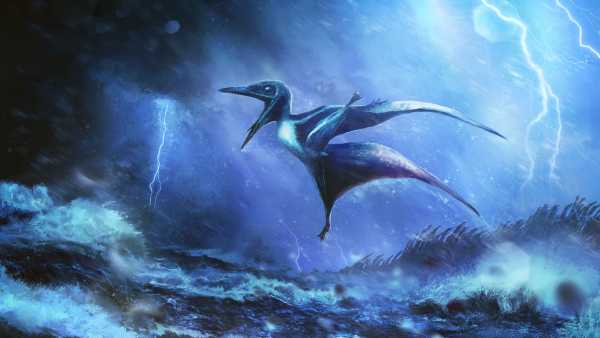
Scientists have discovered that baby pterosaurs died during a powerful Jurassic storm 150 million years ago.
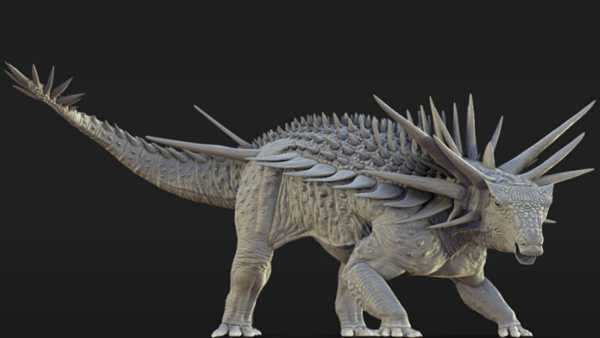
'So weird': An ankylosaurus with 90-centimeter-long spikes protruding from its neck discovered in Morocco
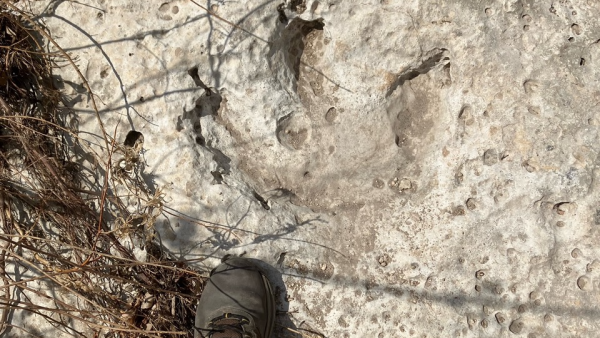
115-million-year-old dinosaur footprints discovered in Texas after devastating floods
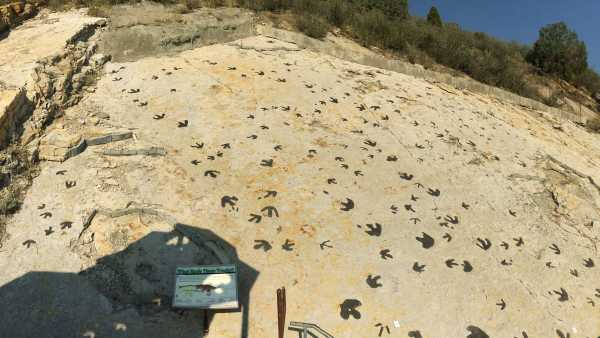
Tyrannosaurus rex relatives “walked the moon” to attract females, suggests new dinosaur “mating arena”

The “Ash-Winged Dawn Goddess” is the oldest pterosaur ever discovered in North America. It was so small it could fit on a person's shoulder.
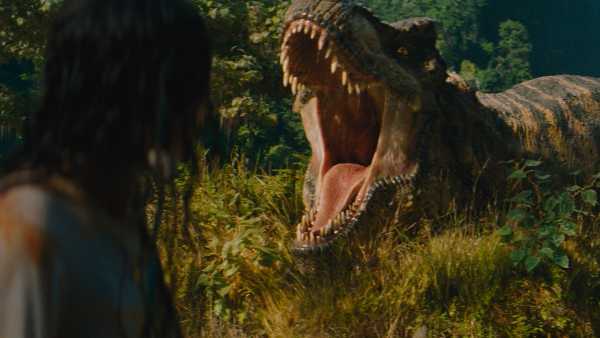
“I can't imagine how I'd react if I saw a real giant dinosaur”: What the scientific consultant for Jurassic World: Rebirth thinks about the film
Latest news
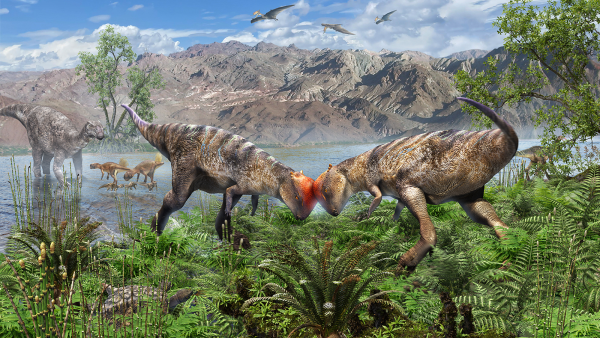
The oldest known dinosaur with a domed head has been discovered protruding from a rock in Mongolia's Gobi Desert.

'The Sun is slowly waking up': NASA warns that extreme space weather could become even more extreme in the coming decades

Scientists have invented a new sunscreen made from pollen.
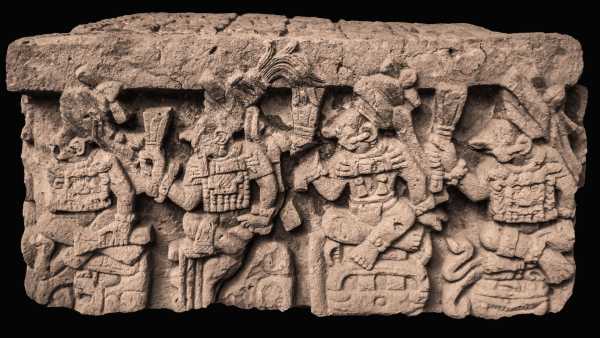
An anthropologist claims the hand positions on a 1,300-year-old Mayan altar have a deeper meaning.
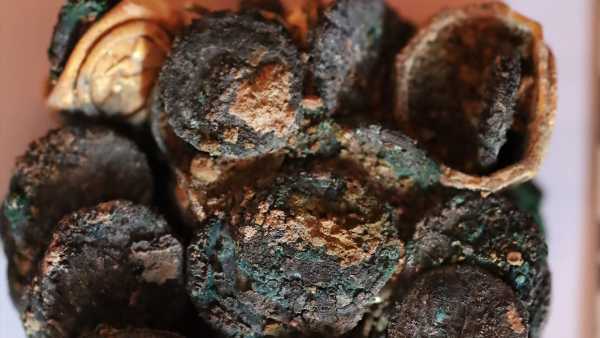
A 1,900-year-old 'treasure' has been discovered in the burnt-out home of a Roman family in Romania.
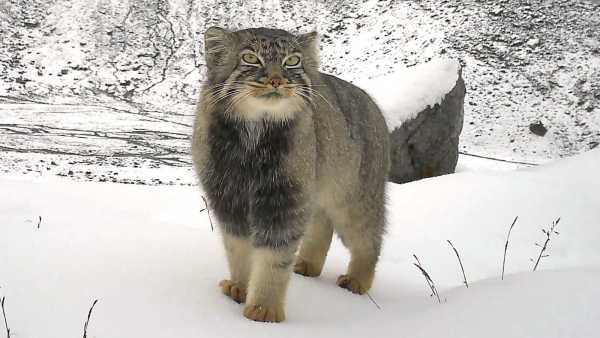
A grumpy Pallas's cat has been captured in a stunning camera trap photo from the Eastern Himalayas.
LATEST ARTICLES

Scientists have invented a new sunscreen made from pollen.
Live Science magazine is part of Future US Inc., an international media group and leading digital publisher. Visit our corporate website.
- About Us
- Contact Future experts
- Terms and Conditions
- Privacy Policy
- Cookie Policy
- Accessibility Statement
- Advertise with us
- Web notifications
- Career
- Editorial Standards
- How to present history to us
© Future US, Inc. Full 7th Floor, 130 West 42nd Street, New York, NY 10036.
var dfp_config = { “site_platform”: “vanilla”, “keywords”: “type-news-trending,serversidehawk,videoarticle,van-enable-adviser-
Sourse: www.livescience.com





